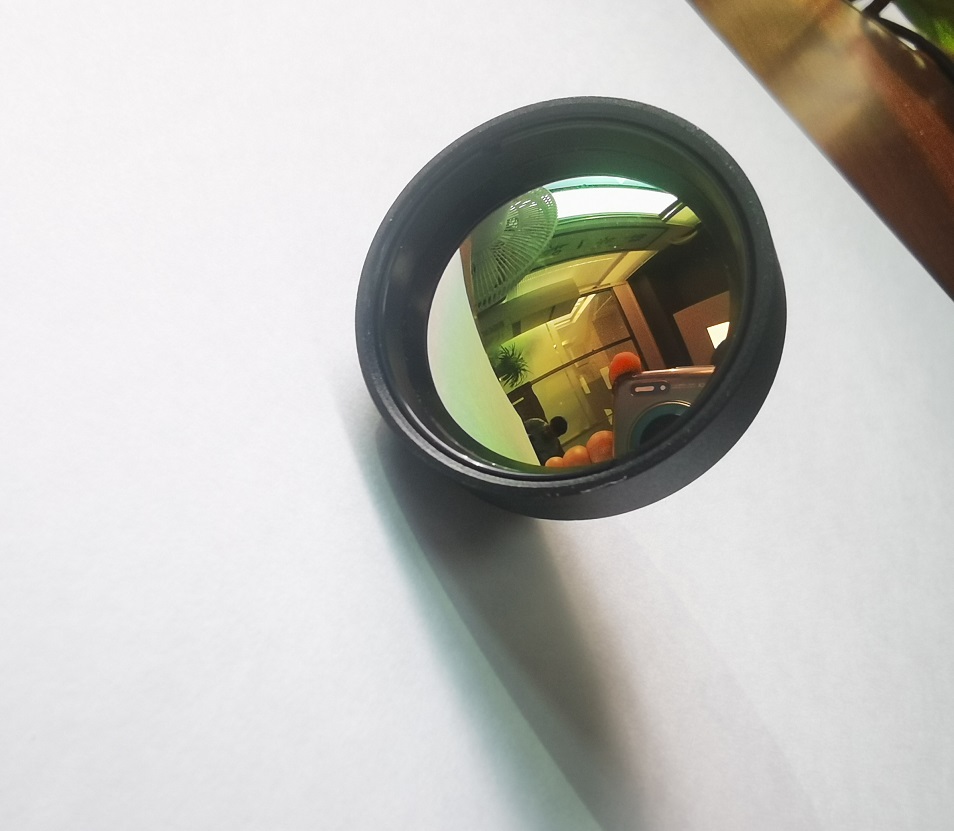Industrial News
Enhancing Medical Procedures with Endoscopic Therapy

Endoscopic therapy with medical lens has become an integral part of the medical field, revolutionizing the way diseases and conditions are diagnosed and treated. This advanced technique allows medical professionals to visualize internal organs and structures, leading to more accurate diagnoses and targeted therapies. In this article, we will explore the operation skills required for performing endoscopic therapy using a medical lens.
1. Preoperative Preparations
Prior to conducting endoscopic therapy, careful preoperative preparations are essential to ensure the safety and success of the procedure. This includes the thorough examination of the patient's medical history, evaluation of any potential risks and complications, and obtaining informed consent. Additionally, appropriate fasting and bowel preparation may be required depending on the specific procedure.
2. Inserting the Endoscope
The next step involves the insertion of the endoscope into the patient's body through natural orifices or small incisions. The medical lens attached to the endoscope provides high-resolution images, allowing the medical professional to navigate through the body's internal structures. Proper positioning and angulation of the endoscope are crucial to ensure optimal visualization and access to the target area.
3. Performing Therapeutic Procedures
Once the endoscope is in the desired location, various therapeutic procedures can be performed. These include but are not limited to:
a. Polypectomy: This procedure involves the removal of polyps or abnormal growths from the lining of the gastrointestinal tract. The medical lens allows for precise identification and excision of these abnormal tissues, reducing the risk of complications.
b. Endoscopic Hemostasis: In cases of gastrointestinal bleeding, endoscopic therapy with medical lens enables the application of cautery, clip placement, or injection of hemostatic agents to stop the bleeding. The clear visualization provided by the medical lens facilitates accurate and effective treatment.
c. Endoscopic Mucosal Resection: This technique involves the removal of abnormal tissue layers from the gastrointestinal tract for further examination. The medical lens aids in the precise identification and resection of these tissues, ensuring minimal damage to surrounding healthy tissue.
d. Stent Placement: Endoscopic placement of stents can be used to treat strictures or blockages in various anatomical structures. The medical lens assists in guiding the stent to the desired location, providing a minimally invasive alternative to traditional surgery.
Conclusion
Endoscopic therapy using a medical lens has revolutionized the field of medicine, allowing for accurate diagnoses and targeted therapeutic interventions. By following proper operation skills and utilizing the high-resolution images provided by the medical lens, medical professionals can perform endoscopic therapy with precision and efficiency. It is crucial for medical professionals to continually advance their skills in utilizing this powerful technique to provide the best possible care for patients.
 English
English  German
German Japanese
Japanese Korean
Korean Vietnamese
Vietnamese French
French Spanish
Spanish भारत
भारत



